Disruptive Innovation – Why Energy Storage is Crucial Infrastructure

From the inception of the Industrial Revolution several core ingredients enabled the transformation and growth of industry. Among these core building blocks of the Industrial Revolution namely: access to risk capital, visionary entrepreneurs, available labor, technology, resources and energy. Technology and energy play a crucial role in not only growing industry but enable scale. Technology can open new markets and provide advantage through product differentiation and economies of scale. Energy is literally the fuel that scales operations.
Today technology, built from knowledge and data, is how companies compete. Energy now emerges as even more integral in scaling operations. Just as James Watt developed the first steam powered engine in 1606 commencing the Industrial Revolution, it was the access to available coal with the use of the steam powered pump, invented by Thomas Savery in 1698, that allowed greater access to coal that gave scale to industry.
Most recently, the pending transaction of Salesforce’s (CRM) acquisition of Slack (WORK) after acquiring Tableau last year serves as a reference in valuing the importance of technology is to sustaining market value. The market value of seven companies accounts for 27% of the approximately $31.6 trillion for the S&P 500. Evaluating the industry and market impact of innovative technologies can be viewed through the lens of stock valuations, particularly as it applies to mergers and acquisitions. This article reviews the companies and the technologies from the perspective of market sales opportunity and the economic impact of the technologies based on the price/performance disruption to the industry.
So why are we focusing on energy and data today? Energy, predominantly hydrocarbon fuels such as oil, natural gas and even coal is how people heat their homes and buildings, facilitate transportation, and generate electricity to run lights, computers, machines and equipment. In addition, there is substantial investment focus on the digital economy, Environmental and Social Governance (ESG), and innovative technologies. A common thread among these themes is energy and data.
Data and Energy are the pillars of the digital economy. Energy efficiency can reduce carbon emissions, thereby improve ESG sustainability initiatives. Innovative technologies around energy and data are opening new markets and processes from formulating new business models to structuring and operating businesses.
The climate imperative and investing in energy infrastructure and environmental ESGs are predicted on energy efficiency and relevant performance metrics to evaluate investment allocation decisions. Therefore, our initial emphasis begins with a background on energy consumption with focus on electric consumption trends, carbon footprint, Green House Gas (GHG) emissions, sustainability, electric grid resilience, and technologies that impact energy including Electric Vehicles (EV), energy storage, and Autonomous Driving (AD). Data technologies encompass cloud architecture, Software as a Service (SaaS), Machine Learning (ML) analytics, and the importance of data as the digital transformation gives rise to the digital economy.
Digital Economy Performance Metrics
Before we dive into the financial and competitive analysis, let’s review business models that are disruptive to the status quo. That is are innovative technologies capable of rapid scale and efficiency gains that change the economics of the market and business profitability. In addition, disruptive events, driven primarily by technology, often appear as waves as the adoption of innovative technologies expands through the market.
Prominent technological waves such as the personal computer (PC), followed by the internet and smartphones and most recently social media and cloud computer all manifested themselves in engendering new business models and creating new market opportunities that dramatically changed the status quo among leading companies at the time. We will use the internet and mobile technology waves to explain how the introduction of innovative technologies offering vastly improved means of commerce enabled the development of new services that changed the business landscape.
Most recent advances in technology appear as waves and give rise to new business models and markets. The internet is one example. The internet enables the connection and process of communication over a new channel. The internet allowed one-to-one and one to many communications and the ability to engage, transact and scale using a digital platform that tremendously lowered the cost of engagement. Scale is among the most important attributes of the internet because the cost of digital replication is close to zero.
Mobile and smartphones began a new era in the digital world. The smartphone allowed a large portion of the world to interact with the internet for the first time on a mobile device. The mobile wave provided platform that enabled the introduction of a host of new business models. The introduction of the Apple iPhone gave way to several new services and industries all from your cell phone.
Let’s review the business model impact of innovative technologies as it applies to cost structure.
Cost Structure and Disruptive Innovation
As explained by ARK Investment Management’s Catherine Wood, the rate of cost decline can be used as a proxy for evaluating the disruptive impact of innovative technology. Cost structure improves as unit production expands. As first postulated by Theodore Wright, an aerospace engineer, who postulated that “for every accumulated doubling of aircraft production, costs fell by about 20 percent”. Wright’s Law as it is now known is also called the Learning Curve or Experience Curve and it is found across industries that experience different rates of declining costs.
What is important from the perspective of investment firms such as Ark is that the magnitude of disruptive impact can be gleaned from these declining cost curves. Revenue growth can then be correlated from these declining cost curves. Essentially, demand elasticity and future sales can be derived from the rate of product cost declines.
This is why price/performance and scientific metrics play an important role in evaluating products, services and company competitive positions. For example, the average cellular price per gigabyte (GB) of data is approximately $12.37 in 2020 according to Small business trends. Another example in science, is the physical performance of an LED light assessed by lumens the light output to the amount of energy consumed in watts such as lumens/watt (Lm/W). These metrics are points in time. For more context, the changes over time and magnitude of change provide insight into inflection points, trends, patterns and relationships.
As devices become complex, encompassing separate processors for communications, computing, power, video and various sensors, it is the integration and orchestration of the overall device performance that becomes of greater value to the user. So, price/performance, scientific understanding and economics become more attuned to relationships among these varied and interdependent components.
TAM Expansion Attribute





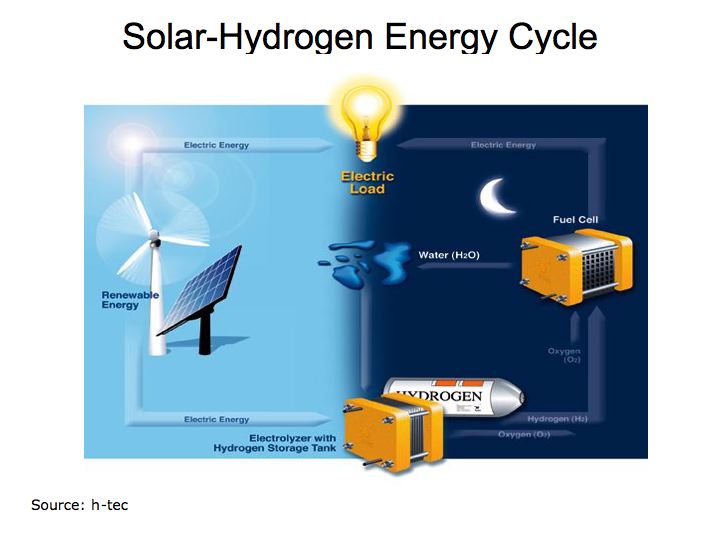
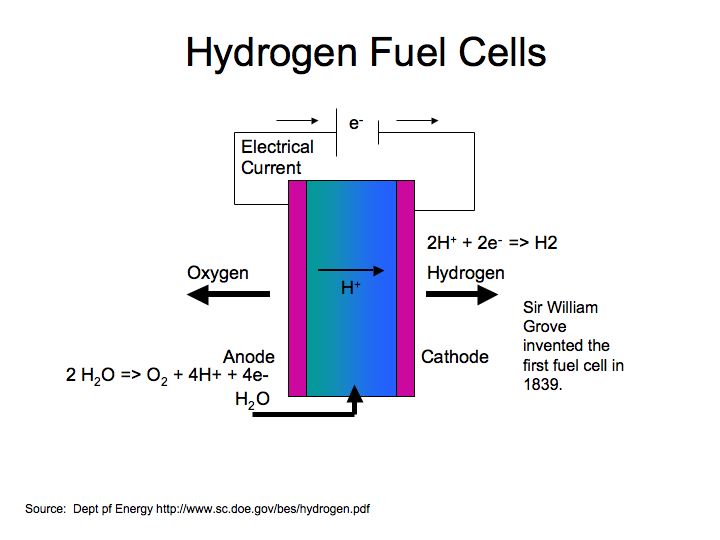
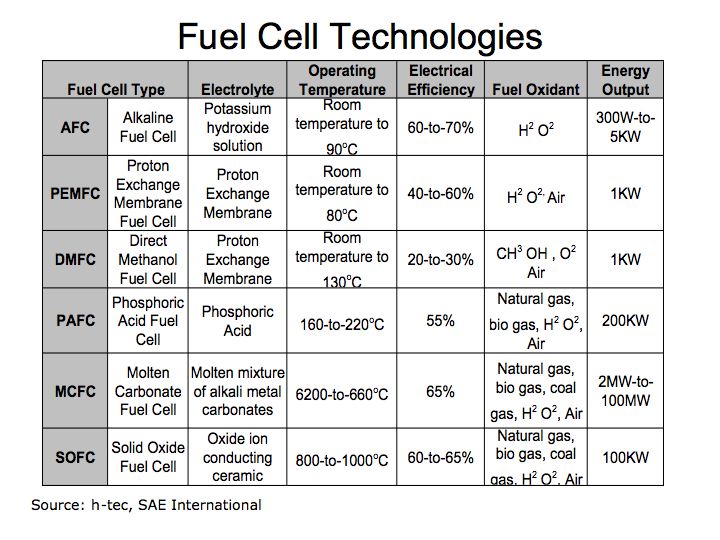


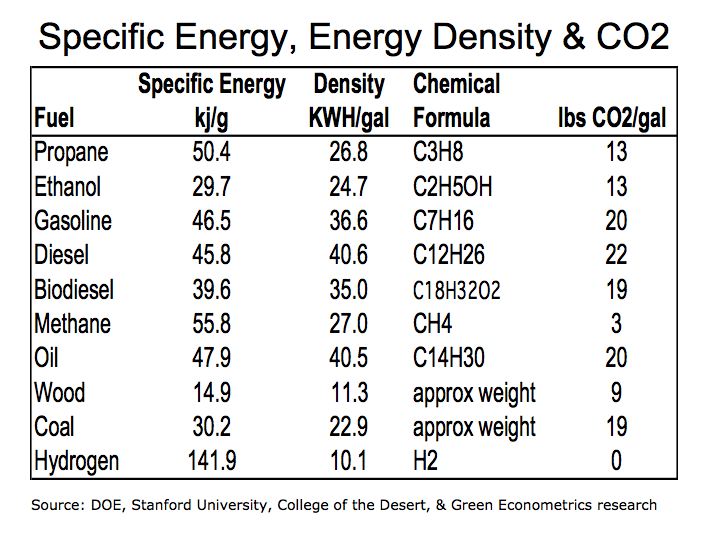
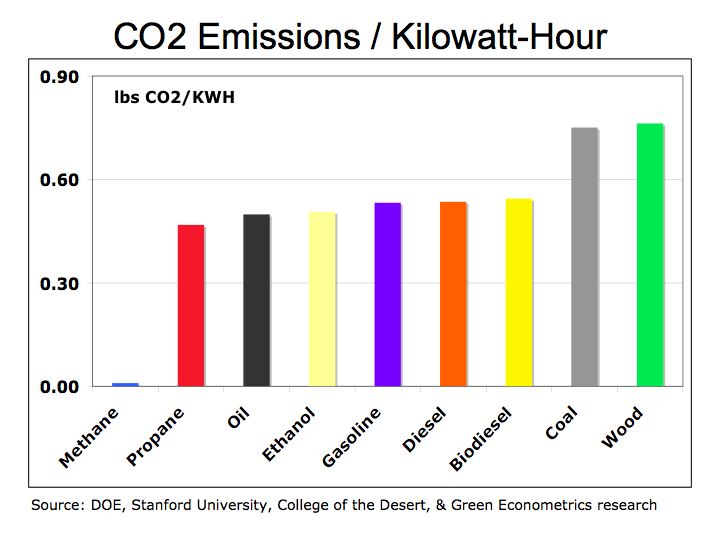
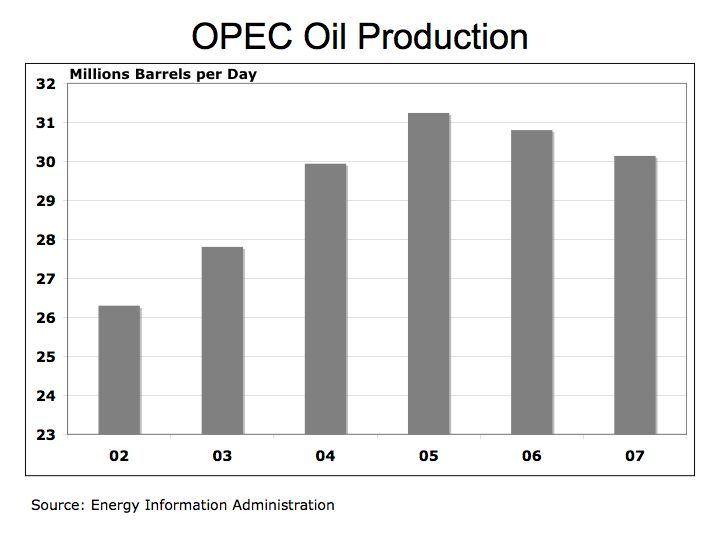
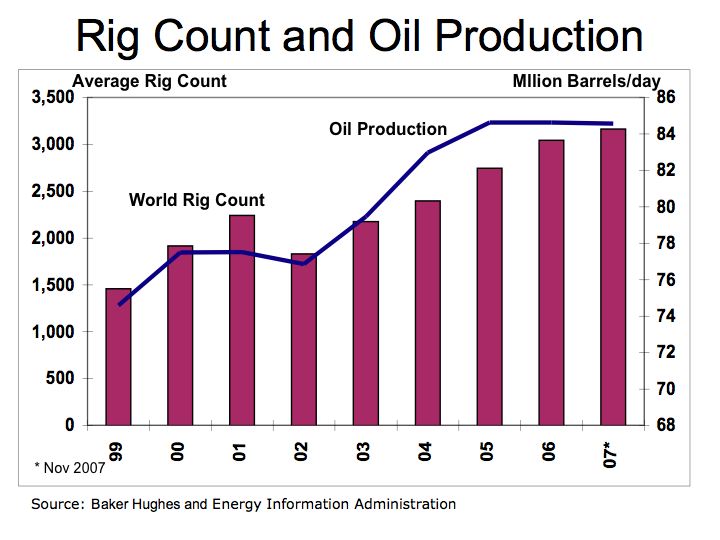
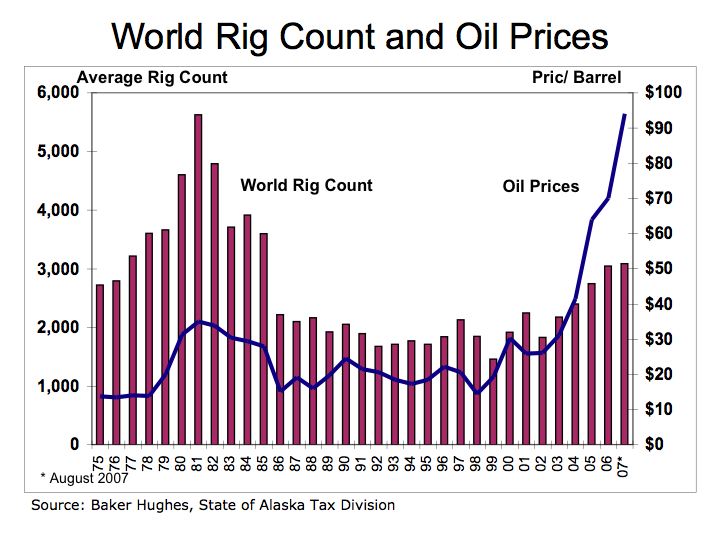

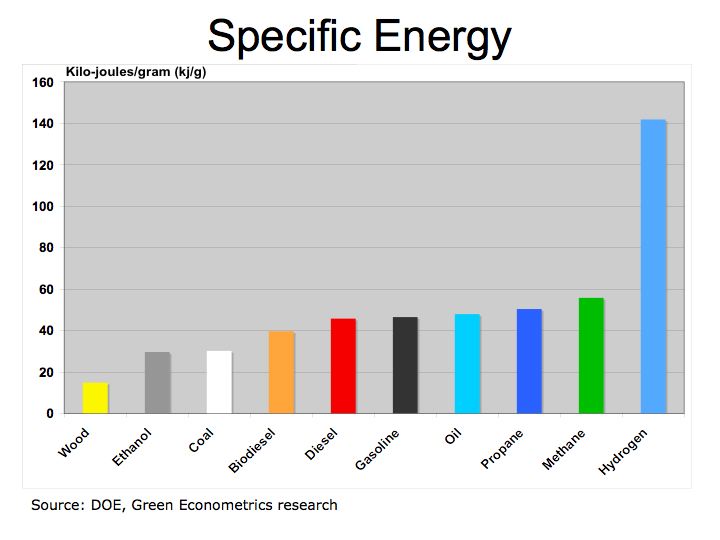
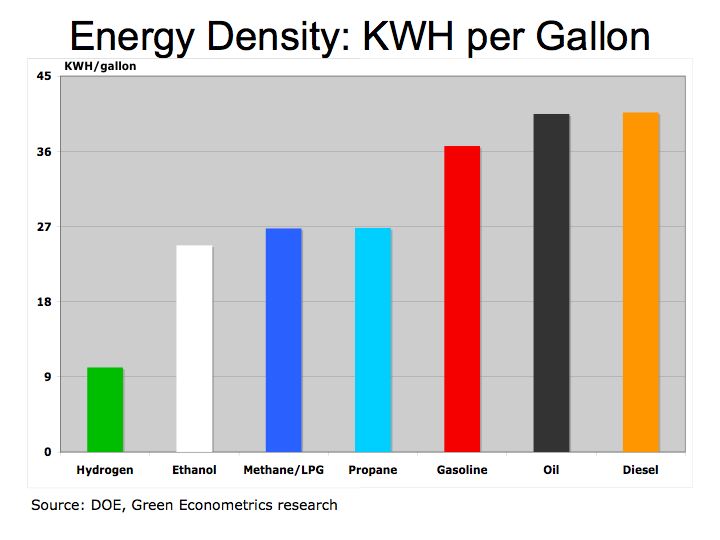
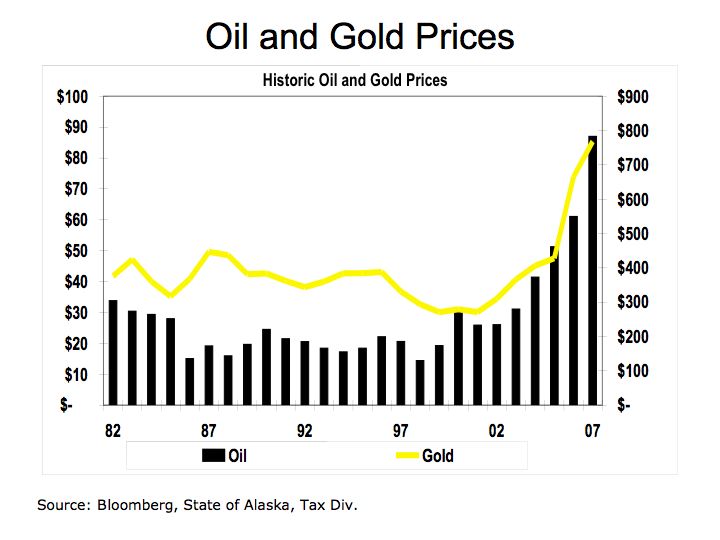
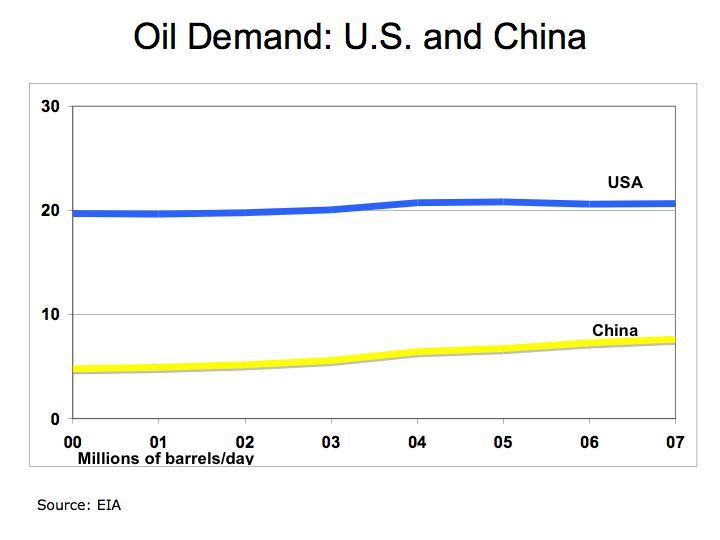
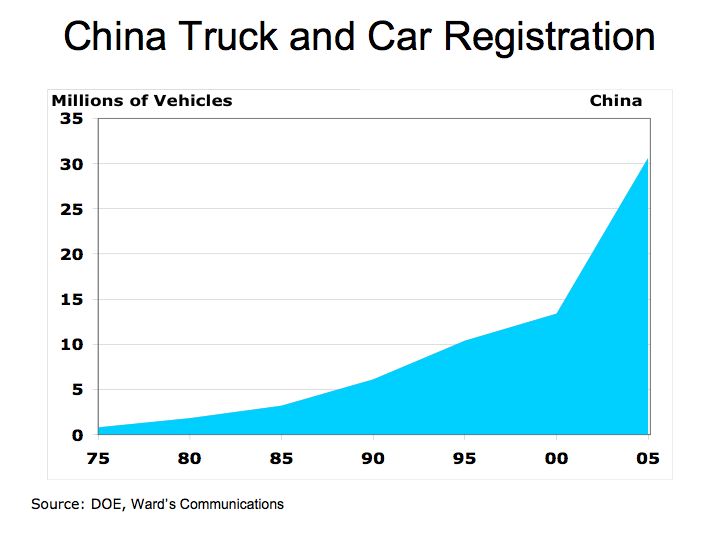
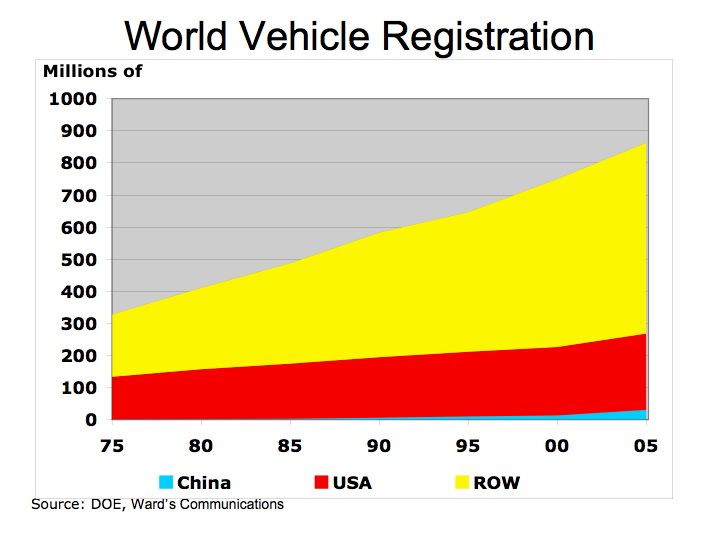


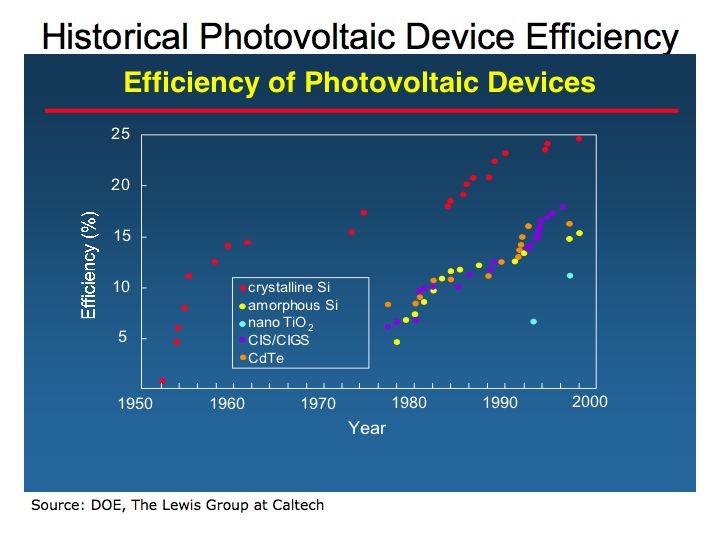

 Figure 1 illustrates how fuels compare according to their specific energy. As we can see, hydrogen, because it’s extremely light, has the highest specific energy in comparison to hydrocarbon fuels.
Figure 1 illustrates how fuels compare according to their specific energy. As we can see, hydrogen, because it’s extremely light, has the highest specific energy in comparison to hydrocarbon fuels. 